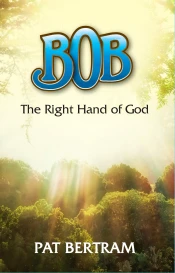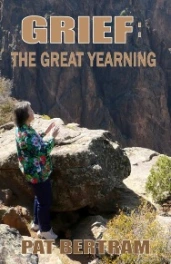The greatest role of dramatic writing is conflict. The most elaborate plot in the world is useless without conflict to give it tension and excitement.
So what is conflict? Conflict is the collision of the character’s desires with resistance from the forces of antagonism, be they other characters, the environment, the hero herself.
Some writers see conflict as a war between two opposing forces, but it can be more subtle than that — a change in a relationship, perhaps. People cause most of our problems, and interaction with people — connecting, confronting, disconnecting, alienating — shape the true concerns of our lives.
If the conflicts are plausible and appropriate, the reader’s tension level increases, and as the character gets closer to her goal, the tension should increase further because the stakes are higher. Tension created for its own sake is cheap. There must be a relationship to what has gone before; character’s efforts must have meaning.
For the tension to tighten, there has to be a reason why the stakes are higher, and that reason should be tied to consequences. Perhaps a bomb is about to go off, or perhaps the enemy is getting stronger. These time constraints put the hero under pressure, and the consequences of not reaching the goal becomes more dire. That bomb ticks louder and louder, the writer’s sentences grow shorter, and the reader eagerly turns the pages.
That, in the end, is what writing is all about: connecting to a reader. And readers want conflict. So it is up to us to create it in our writing, no matter how much we want to avoid it in our lives.









Please leave a comment. I'd love to hear what you have to say.